Salian Container
Buy and sell standard 40-ft container
Salian Container is a long-established company in Iran that deals in the sale and purchase of containers, especially the purchase and sale of new and second-hand (used) 40-foot containers. You can contact this company to buy a cheap and high-quality new or second-hand forty-foot container and use the many years of experience and technical advice of its experts. As you know, buying a 40 feet (12 meters) container is an important and highly specialized task!
- Buy 40-foot container
- Buy 12 meter container
- Used 40-foot container
- Used 12 meter container
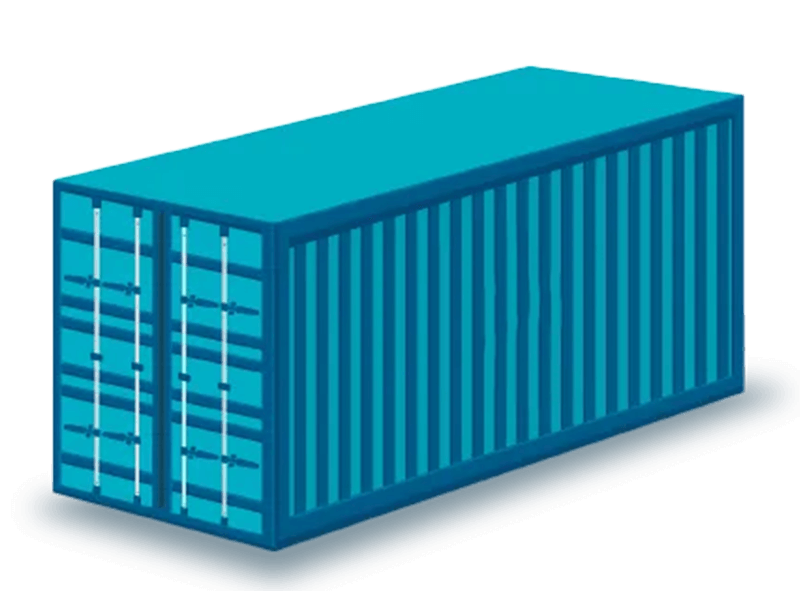
Cash on Delivery
By paying the round-trip transportation cost as a prepayment, you can receive the container at your location and pay the container price upon delivery.
Lift off / lift on /strip / warehousing
With the most Free Time of region (The first 60 days are free)
Up to date equipment for transportation and handeling
IRAN (Tehran, Isfahan, Mashhad) – Dubai (Jebel Ali, Al Hamriya) – China (Shanghai, Dalian, Xi’an)
Cooperation in unloading, loading, and shipping containers along with cargo from China to Iran, from Iran to China, and to other ports around the world
Get a free consultation
Did you know that 90% of the world’s commercial goods are moved by containers? Therefore, it is very important that you choose a container that is both cheap and high quality. Contact us to buy and inquire about the price of new and second-hand containers.
- Length (int):
- Width (int):
- Height (int):
- 12.029 m
- 2.350 m
- 2.392 m
Are the dimensions and load capacity of the container exactly as stated on this page?
The philosophy of making containers has been to integrate means to transport goods; But it should be kept in mind that due to the existence of various manufacturers, the dimensions of the container may differ by a few centimeters, which of course is not very important. The maximum weight (tonnage) of loading the container is also determined based on the CSC Plate of the container. But in addition to the tonnage of the container, the ship and the line in which the container is to be transported should be considered. For example, when shipping to Canada, there are container tonnage restrictions, which will result in fines.
Why should we choose "Salian Container"?
Choose container types
We can provide any type of container for you.
New and used container
No matter if you want new or used container.
Cheap and high quality
Contact us to inquire about containers.
Several privet areas in Iran
Tehran, Isfahan, Mashhad and Bandar Abbas
Standard 40 foot container (12 meter Dry Cargo Container)
On this page, we want to talk about the standard 40-foot container (Dry Cargo Containers), which is used to transport dry goods, and check the technical specifications and standard dimensions of the forty-foot container.
As you know, containers are large boxes made of steel and sometimes aluminum, each type of which has fixed dimensions and global standards. Containers are used to transport goods and products, and their use in sending goods has become so widespread that it is no longer possible to manage the sea, land and air transportation industry without them; Because it is these containers that have simplified the work of transporting goods, and all means of transportation (from ships to trucks) are designed based on the dimensions of containers.
But it can be said that the use of containers is mostly in sea transportation, which includes about 80% of it, and the reason for the high use of containers in sea transportation is their high resistance and impenetrability. Of course, standard containers (such as a 40-foot container) are also used in land transportation in addition to being used in marine and shipping systems. Containers are usually transported by train, ship, plane and truck.
Among the types of containers that have different dimensions (20 feet, 40 feet, 45 feet, and 60 feet), in the shipping industry and transportation by train and truck, the 40-foot container is more commonly used; Because it accommodates a larger amount of cargo and due to its size, it is more compatible with means of transportation and is easily used for air, land and sea loading. The 40-foot container is the most compatible with the form and dimensions of the trailer floors.
In general, it can be said that the 40 feet (12 meters) container is one of the best and most widely used types of cargo containers in the world, and it is even used to transport sensitive cargo such as high-priced cars and electronic cargo (such as mobile phones). If we can provide statistics of the world’s large and commercial ports, we will definitely come to the conclusion that more than 40% of containers are 40 feet in size (12-meter container).
For the construction and production of standard 40-foot containers, steel sheets (galvanized) and sandwich panels are usually used, and the type of material is selected according to the application of the container; For example, if in the construction of a 40-foot refrigerated container that is used to transport various types of medicine or perishable food, sandwich wall panels are used.
Of course, containers must be insulated after they are built. Because no businessman is willing to use a container without insulation to transport his goods. Therefore, insulation is one of the mandatory items for a 40-foot container.
Because the length of the container is 40 feet, 12 meters, it is also called a 12-meter container. As mentioned earlier, a 20-foot container is known as a unit container, also known as a TEU. So, a 40-foot container is considered two container units or 2 TEU.
Applications of standard 40-ft container (12 meter)
As mentioned, the most important application of the standard 40 feet container is the transportation of dry goods. In fact, non-perishable goods. But today, the use of these containers is not limited to transporting goods. These insulated containers are also used to store food and dry goods. These containers are easily stacked and form a large depot center. Of course, usually heavy loads are placed below and light loads are placed above.
In addition, 40-foot containers are used to build prefabricated structures such as restaurants, houses, restrooms, cafes, etc. Therefore, the standard 40-foot container (12-meter container) is one of the most practical types of containers. For this reason, buying and selling used and new 40 feet containers will not take you much time.
Even some business owners who do not have enough funds to buy or rent a workshop or office unit at the beginning of their business, can use one or more 40-foot containers as their office or workshop. The use of flooring, wall covering, sanitary ware, lighting system, etc. provides the environment for working or living in containers. In this case, the efficiency of the container for residential, business, transportation, storage, etc. environment increases.
Types of standard 40-foot containers (12-meter containers)
40 feet containers can be divided into different types based on their use; As:
- 40-foot refrigerated container
- 40-foot open side container
- 40-foot open top container
- etc
But in terms of dimensions, the 40-foot container can be divided into the following two types:
1- Standard 40-foot container (DC).
This type of container, which is also called a standard 40-foot container, has a standard height of 2.60 meters and is lower than a 40-cube container. Due to the standard dimensions of this container, the loading and transportation costs are lower than the high height container; Also, the production and purchase costs of a typical 40-foot container are lower.
2- 40-foot high cube container (HQ).
The only difference between a 40-foot high cube container or a high cube container is that it has a higher height than a standard 40-foot container (about 2.90 meters), and for this reason, it provides the possibility of placing goods and equipment at a higher height. Of course, this increase in height causes the integrity of loading containers to be lost, and for this reason, it usually increases the cost of transportation.
Introducing the 45-foot container and its dimensions
As mentioned, containers are made according to World Transport Organization standards; But in the meantime, there are containers that do not follow it. Such as a 45-foot container, which is considered an American standard container. Therefore, its production and transportation costs increase.
The only difference between a 45-foot container and a 40-foot container is that its length is about 1.5 meters longer and provides users with more space. In Iran, buying a 40-foot container is more common than buying a 45-foot container, which is an American standard, due to its technical specifications and global standard dimensions.
The 45-foot container can also be divided into different types based on its use; such as refrigerated container, open container, flat rack, tanker, etc., but in terms of dimensions, we have two types of 45 feet containers:
- Standard 45-ft container
- High cube 45-ft container
Standard 45-foot container dimensions:
- External length: 13.716 m
- External width: 2.438 m
- External height: 2,591 m
High cube 45-foot container dimensions (HQ):
- External length: 13.716 m
- External width: 2.438 m
- External height: 2,896 m
The price of standard 40-foot container (12-meter Dry Cargo Container)
Like any other product, a single price cannot be announced for the purchase of a standard 40-foot container; Because according to the conditions of each container, its price will be different. There are various factors and parameters that affect the price of a standard 40-foot container (12-meter container). Such as the year of production, the manufacturing company, etc
Another thing that affects the price of containers is the price of currency; Because containers are usually bought and sold at the price of dollars or other global currencies. The dimensions of the containers also affect their prices. For example, the price of a 20-foot container is lower than the price of a 40-foot container, and the reason is its smaller dimensions.
In general, you should buy a new container based on your budget; But if you are looking for a cheaper purchase, you can also use a second-hand container and consider the price of a second-hand 40-foot container.
The price of a second-hand 40-foot container is much lower than a new 40-foot container; Of course, if the container looks healthy and has the necessary efficiency for transportation. The following factors affect the price of a second-hand 40-foot container:
- Container health
- Dimensions and size
- Year of construction
- Manufacturer
- Being healthy and clean
- No rot in the bottom of the container
- No holes in the roof of the container
- etc
Therefore, all factors being equal, a 40ft high-rise container will cost more than a standard 40ft container. Also, containers that have a so-called invoice or clearance license have a higher price and credibility in the market.
What points should we pay attention to when buying a second-hand 40-foot container?
To buy a second-hand 40-foot container, you must visit it in person and do the following:
(1) First, visually inspect the container and make sure the appearance is sound.
(2) Next, check the health of the doors and hinges.
(3) Go inside the container and close the doors. From inside the container and under the sunlight, you can find out whether the container has holes or not to make sure that water does not penetrate.
(4) Check the manufacturing company and the year the container was made.
(5) You should check the green leaf of the 40-foot container and its permits from legal authorities so that you don’t get into trouble for transporting the goods.
Another point is that you should choose your container based on the type of cargo. If your cargo has a high volume and low weight, a container with a lower manufacturing year is suitable; But if the weight of your load is high, containers with a closer year of manufacture should be used.
In general, we suggest that you contact the experts of Salian Containers and get more detailed information about the price and terms of sale of used containers.
The price of renting a standard 40-foot container (12-meter container)
Used 40 feet container can be rented for storage and depot of goods and household items. The price of renting a container depends on the rental period of the container and the stored goods. For more detailed information on the price and terms of container rental, we suggest you contact the experts of Salian Container.
But maybe you also have a question about what goods can be stored in a 20-foot container?
- Storage of suspended loads.
- Storage of household items that are going to be sent abroad or to another city.
- Commercial goods that must be collected in a safe and protected place before export.
But it is not right to store some goods in a standard 40 feet container. As:
- Chemical loads may react to heat and cause fire.
- Foods that should be stored in refrigerated containers. Such as meat, frozen food, etc
- Acidic, flammable, dangerous, etc. loads should not be stored in this container.
What is the price difference between 40-ft and 45-ft container?
The price of a 40-foot container is lower than that of a 45-foot container, due to its smaller dimensions.
What is the weight of a 40-foot container and how many tons of cargo can it hold?
According to the type of cargo, the weight capacity of a 40-foot container varies and depends on factors such as the net weight of the cargo, the distribution of weight inside the container, the vehicle carrying the cargo, and the restrictions of each country. But in general, the weight of each standard 40-foot container is typically 3,780 kg, and up to 27 tons (26,700 kg) of cargo can be placed inside.
How many pallets will fit in a standard 40ft container?
The number of pallets you can fit in a 40-foot shipping container depends on the nature of the pallets you decide to use. A 40ft container can hold up to 25 European pallets measuring 1.2m x 0.8m as long as the load is not hanging over the sides. However, when it comes to the North American pallet type, it can only hold 21 pallets (1,016m x 1,219m) in the same condition.
Can food be stored in a 40-foot container?
Food that needs to be stored in a refrigerated container cannot be stored in a regular 40-foot container. Such as meat, frozen food, etc
What is meant by second-hand container 40-ft?
Some companies sell those containers after a few years of using them, which are called second-hand or used containers. Usually, the quality of a second-hand container is high, and because of its strong and steel body, it is not much different from a new container.
Are used containers repaired?
Due to the steel body of the containers, they are usually not seriously damaged in the long run. As a result, there is no need to repair the body. Sometimes the container doors have problems that are easily repaired. Also, sometimes the body of the container may have been pierced for the passage of cable or pipe during use, in which case, part of the body is repaired. As a result, these containers have a lower price among second-hand containers.
Can containers be tracked?
Yes; GPS systems are also installed in the new containers and you can find out where the container is now.
What is the TEU index in 40-ft containers?
A standard 20-foot container is one TEU, and a standard 40-foot container is two TEUs.
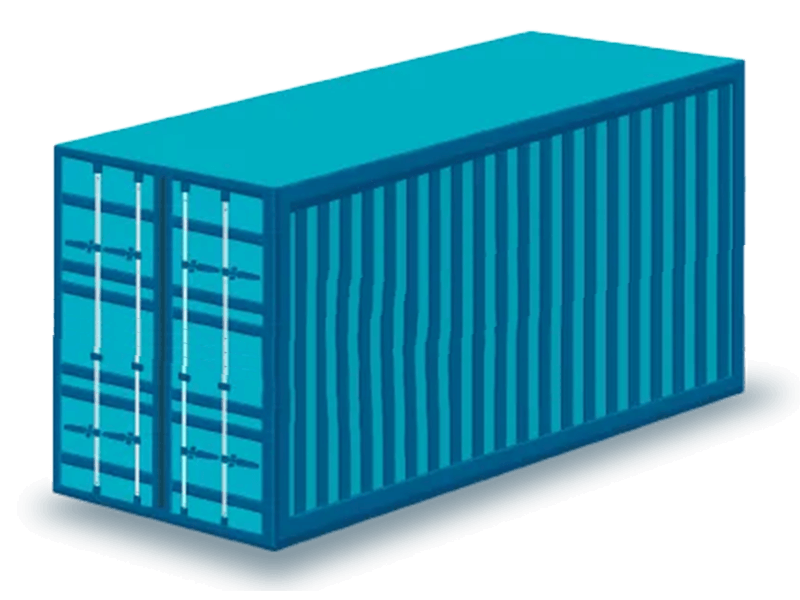
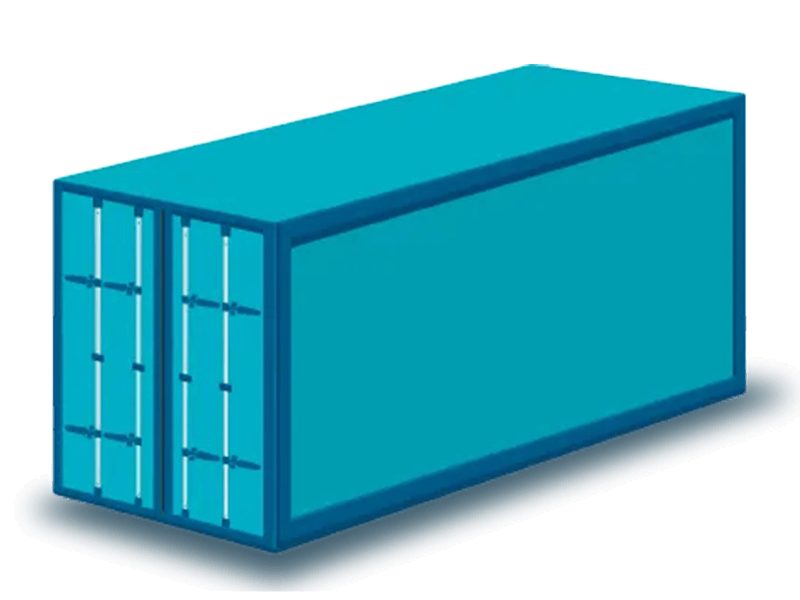
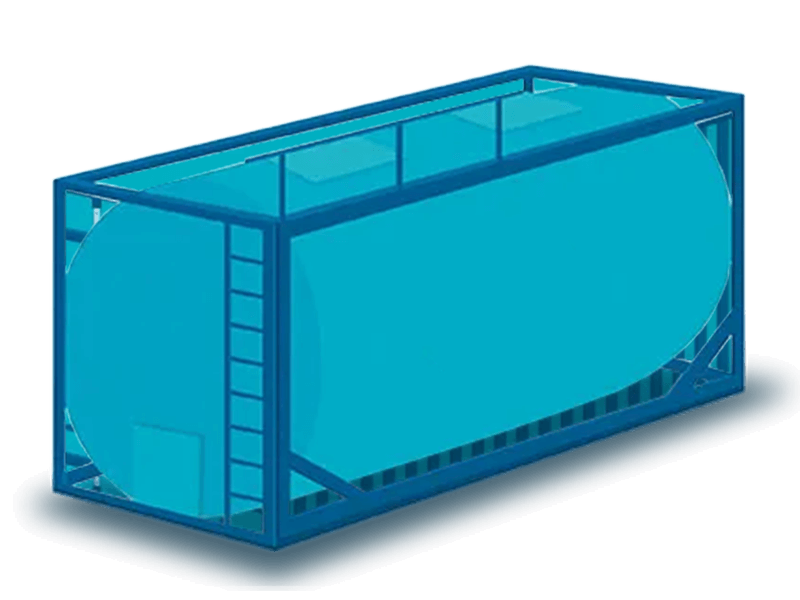
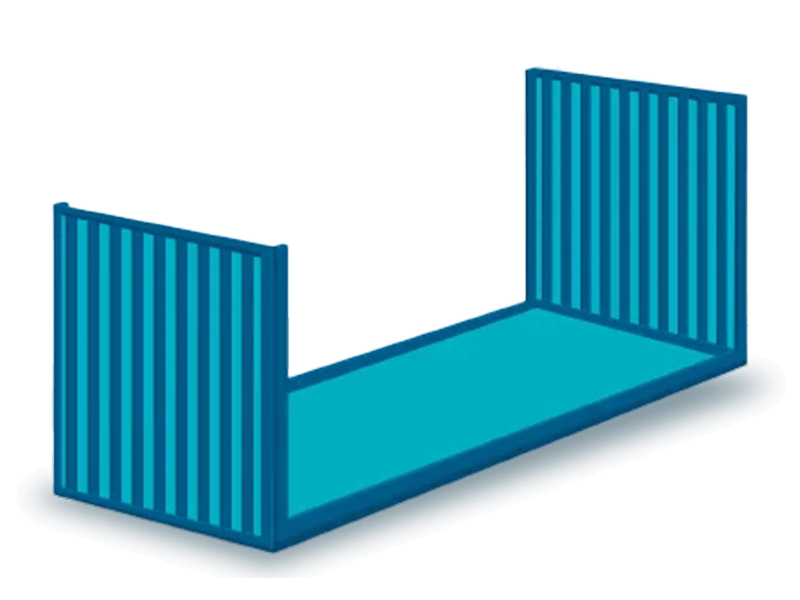
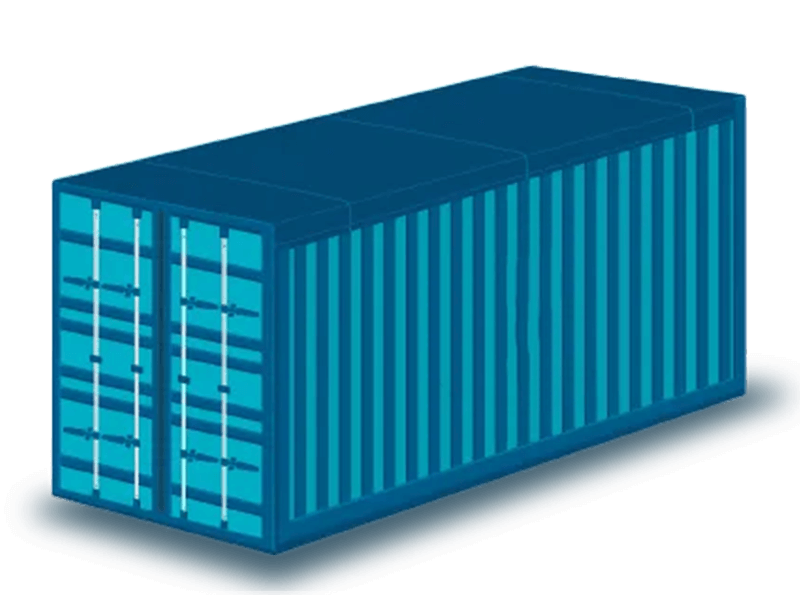

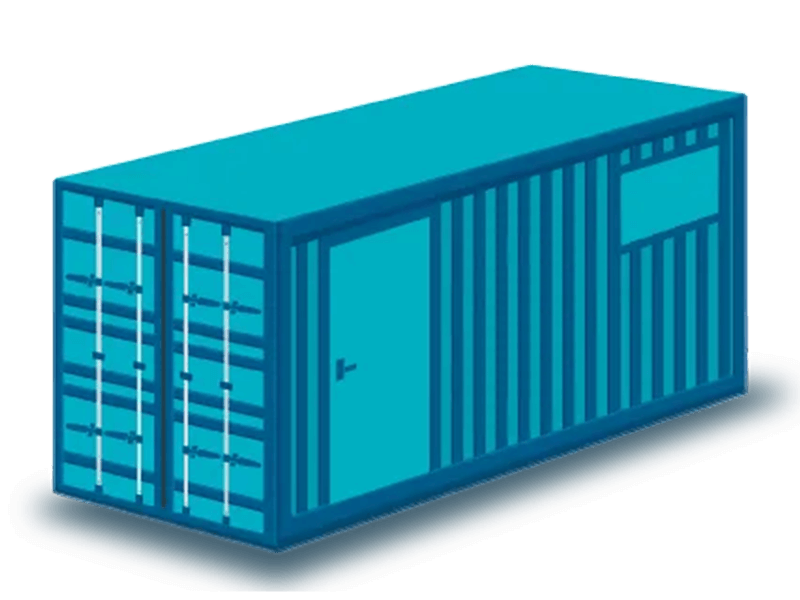
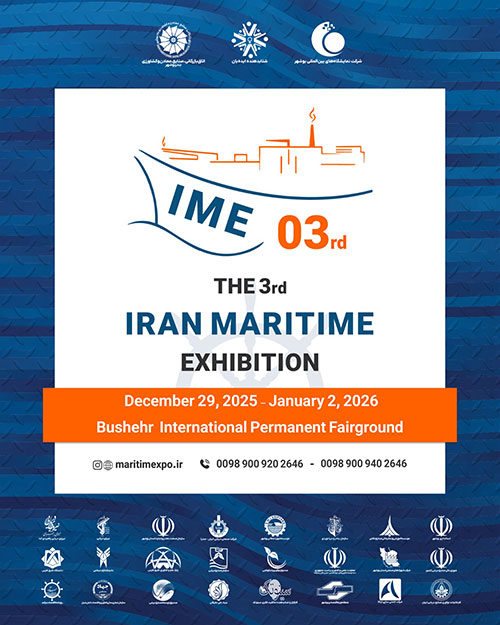
Dear Sir,
I am interested to buy used/second hand 4 empty 40ft HC containers which i can use to ship cargo from Bandar Abbas to Jebel Ali
Kindly advise price and condition
Hello. Please Call this number Phone For Better Guidance: +989170920030
Dear Salian Trading Company,
Dear Salian Trading Company,
I have 51 forty foot used dry goods shipping containers which I want to sell. These are now located at various locations in Asia/China region.
I am selling them for US$3,500 each. With bulk selling of 10 containers my price is US$3,300 each.
Are you interested in buying my 40ft shipping containers?? Please advise.
Regards
Mr. Phillipus FRANCIS
Port Moresby. Papua New Guinea
Phone No: ***
30th August 2025
Hello, good day
Thank you for leaving a comment on our site
I will take note of your suggestion and will contact you if necessary